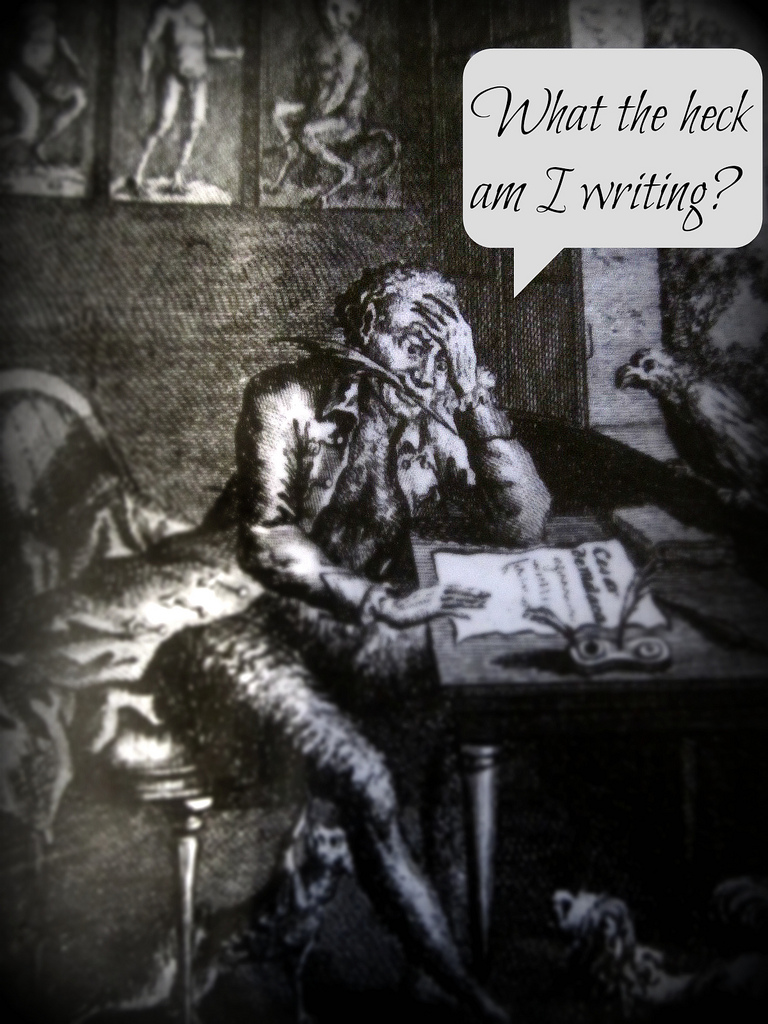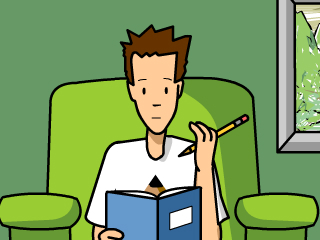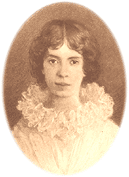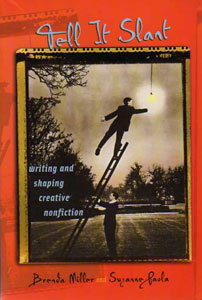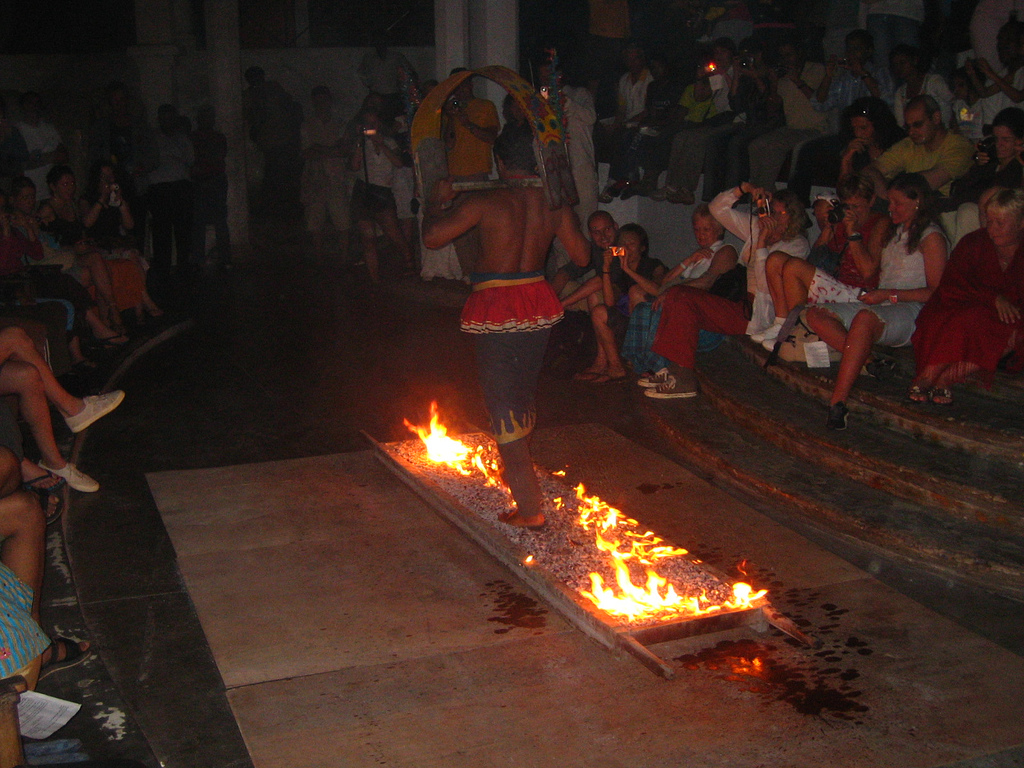Ignoring Writer’s Block
New York Times bestselling author Brandon Sanderson wrote:
Sit in a chair and write. Ignore this thing they call writer’s block. Doctor’s don’t get doctor’s block; your mechanic doesn’t get mechanic’s block. If you want to write great stories, learn to write when you don’t feel like it. You have to write it poorly before you can write it well. So just be willing to write bad stories in order to learn to become better.
There are lots of ways to fight writer’s block:
- If you’re stuck with no direction, try outlining, pre-figuring out where you are going to go, so when you sit down you just have to write it. Or, do the complete reverse, and just free write, putting words down on the page, non-stop, and letting the words take you somewhere. If one approach isn’t working, switch to the other.
- Work on a different project or idea. Find a different thesis or topic or story that you do have something to say about.
- Create artificial deadlines. I do this a lot–deciding, arbitrarily, that I need a draft done by a certain day or time. I often set lots of small deadlines, for example, I need to write a certain number of words today, before I go to sleep. For larger deadlines I like to reward myself when I reach them, typically with European chocolate.
- If the particular paragraph, sentence, or section I’m writing isn’t working, I’ll skip ahead to a part I’m prepared to write, and then come back to the part I’m struggling with later.
- Often, when I feel like I have writer’s block, I’m actually just procrastinating. Recognizing this makes a huge difference.
- I also have to recognize that very rarely do I have bolts of writer’s inspiration, and when I do have them, it’s not because I’m sitting around waiting for them to happen. I get moments of inspiration, gifts of the muse you can call them, when I’ve already put in the hard work, often after writing at least 500 words.
- And then, to me the best way to ignore or overcome writer’s block is to write regularly. As I’ve posted before, writing is like exercise–the more you write, the less your writing muscles will protest when you do write. It will still be work, but it’ll probably be less painful.
If you’re interested, there’s also two Writing Excuses podcasts on writer’s block: Butt in Chair, Hands on Keyboard, and This Sucks and I’m a Horrible Writer.
Credits/Citations:
Brandon Sanderson quote from “Writing of Epic Proportions” by Krista Holmes Hanby, BYU Magazine, Winter 2013 Photo Credit 1: Cali4beach, Creative Commons license Photo Credit 2: brainpop_uk, Creative Commons license
